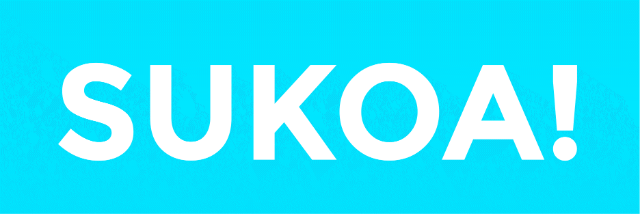
Norient TIMEZONES
TIMEZONES PODCAST-SERIE AUF RADIO X
Die Podcast-Reihe TIMEZONES erkundet die vielfältigen Realitäten von Künstler*innen und ihrer Praktiken weltweit und stellt die Frage: Was bedeutet es heute, in verschiedenen Ländern, Städten und Kontexten im Bereich Kultur und Kunst zu leben und zu arbeiten? Die Reise geht von Nairobi über Rio de Janeiro bis nach Beirut und Mount Makiling auf den Philippinen / die Ukraine und verarbeitet die Gedanken und Stimmungen der Künstler*innen, ihre sozialen, politischen und intellektuellen Realitäten und ihre(Lebens-) Philosophien zu künstlerischen Audiocollagen.
TIMEZONES spielt dabei mit Formaten und Inhalten: der Podcast bewegt sich zwischen Journalismus und Experiment, Dokumentation, Ethnografie, Fiktion, Klangkunst oder Improvisation. Georgrafische Grenzen, Zeitzonen, Genres und Praktiken sollen überschritten und mit neuen künstlerischen Formen des Austauschs, des Zuhörens und des Erzählens experimentiert werden. Gemeinsam mit lokalen Produzent*innen und Künstler*innen entstehen dabei sehr persönliche Portraits und aktuelle Geschichten aus Städten rund um den Globus, die einen sehr subjektiven Eindruck in das weltweite und aktuelle Musik-und Kunstgeschehen ermöglichen.
TIMEZONES ist ein gemeinsames Projekt des Goethe-Instituts und Norient, dem weltweiten Redaktionsnetzwerk für zeitgenössische Musik- und Medienkulturen.
Radio X ist neu als Partner mit an Bord: Als Weiterführung der im 2022 gestarteten Sendereihe airtime!, die künstlerischen Stimmen aus dem Globalen Süden und Osten Gehör verschafft, strahlen wir einmal im Monat eine Podcast-Folge aus.
26. April NAIROBI: Nairobi’s Next Generation Music Producers and Performing Artists Speak Out
24. Mai BEIRUT: Traces of a City – A Pod Poem
21. Juni RIO DE JANEIRO: Staying Creative Between Beauty and Chaos in Rio de Janeiro
19. Juli MOUNT MAKILING: Ears on/of Mount Makiling
23. August BUENOS AIRES: Relations Condensed in Practice
ENG:
The TIMEZONES podcast series plunges into the world of artists and their practices, asking: what does living and working in culture and the arts involve in different countries, cities, and contexts today? The experimental journey goes from Nairobi via Rio de Janeiro to Beirut and Mount Makiling in the Philippines/Ukraine and brings the he artists’ thoughts on their moods, their social, political, and intellectual realities and their philosophies (of life) into experimental audio collages.
The TIMEZONES podcasts run the gamut of formats and content, from straight journalism to experimental and documentary approaches, ethnography and fiction, sound art, and improvisation. The series endeavors to create new artistic forms of storytelling, listening and exchange across the boundaries of geography, time zones, genres, and practices. Together with local producers and artists, the podcast creates very personal portraits and current stories from cities around the globe, which allow a very subjective impression of the worldwide and current music and art scenes.
The Timezones Podcast Series is co-initiated and co-produced by the Goethe-Instituts and Norient, the worldwide platform and network for contemporary music and media cultures.
Radio X is now on board as a partner: As a continuation of the series airtime!, which was launched in 2022 and which makes artistic voices from the Global South and East heard, we broadcast a podcast episode once a month.
April 26, NAIROBI:
May 24, BEIRUT: Traces of a City – A Pod Poem
June 21, RIO DE JANEIRO: Staying Creative Between Beauty and Chaos in Rio de Janeiro
July 19, MOUNT MAKILING: Ears on/of Mount Makiling
August 23, BUENOS AIRES: Relations Condensed in Practice
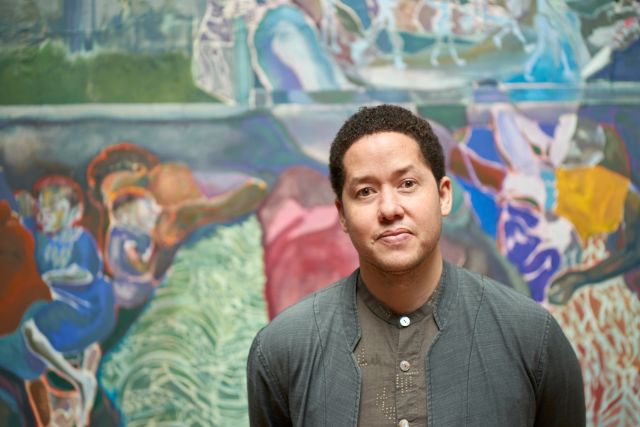
Im Dienste des Pinsels: Michael Armitage
Der englisch-kenyianische Maler Michael Armitage beschwört beindruckende Farbwelten, näht post-koloniale Narrative zusammen und sagt aber auch: Das höchste Gut sei unser Vorstellungsvermögen. 23 neue Werke sind in der Kunsthalle zu sehen. von Mirco Kaempf
22.05.29 Michael Armitage
In You, Who Are Still Alive zeigt der Maler Michael Armitage 23 neue Werke in der Kunsthhalle
Ob die Farben wirklich immer zusammenpassen würden, wisse selbst er nicht immer. Wenn uns das der aktuelle Shootingstar Michael Armitage so nebenbei offenbart, spricht das vor allem für seine Demut der Kunst gegenüber. Denn: Die Malereien, an welchen er in den letzten zweieinhalb Jahren gearbeitet hat und nun in der Kunsthalle zur Schau stellt, sind eine Offenbarung.
How often do you manage to surprise yourself when working in the studio?
One of the things with painting is that it's both difficult and giving is that you can try to do the same thing twice, but it never comes out that way, That's the challenge, the balance and the education of trying to make a painting. Everytime you sit down to make something there is an element of surprise and a lack of control and give and take between yourself and whatever it is that the painting requires.
Michael Armitage ist nicht einmal 40 Jahre alt und zeigt seine Malereien in London, New York, Sidney, Hong Kong oder Cape Town. Vertreten wird er dabei von der renommierten White Cube Gallery. Nächstes Jahr wird die Rückseite der neuen 1 Pfund Münze in Grossbritannien sein Design enthalten. Die aktuelle Ausstellung in der Kunsthalle zeigt neue Werke, unte dem Ausstellungstitel You, Who Are Still Alive.
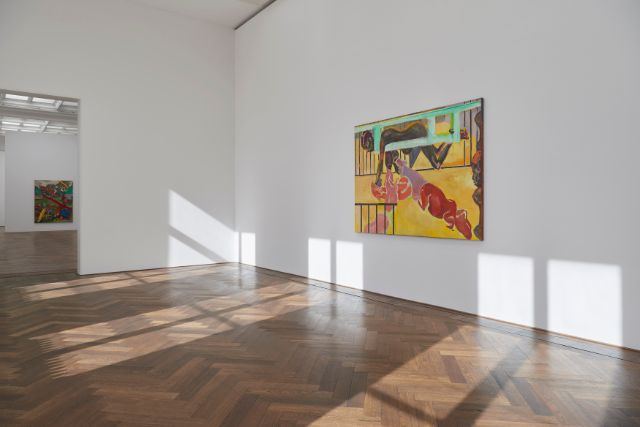
Entstanden sind die meisten Werke in Nairobi. Die Malereien vereinen Erdtöne, Landschaften aus der kenyanischen Umgebung, Portraits von Menschen und Kreaturen, immer wieder auch mit einem nahezu surrealen Aspekt. Wer näher rangeht, die Pflanzen und Gesichter genauer betrachtet, kann wohl nicht anders, als beeindruckt zu sein. Jeder Strich sitzt.
What part does intuition play? You seem to sketch your paintings out very carefully.
I wouldn't say I do any of it very carefully. But I would say I follow my intuition as much as I would trust it. (It's very difficult to follow it if you don't trust it as it's no longer intuition) but intutition is kind of... it's a very difficult idea when referring to painting. Because you can think of something as intuitive but it's also reactive. Because once something happens there's something that you work off. So it's not necessarily an intuition but an unfurling of a puzzle in a way. Every decision is a set of new problems. And I think that also leads back to your question about surprise. The problem is always new, it's always a new challenge. And like that I think the wort intuition can be helpful but also unhelpful.
Erdtöne werden immer wieder durchbrochen von violetten Neonfarben. Von giftgrünen Röhren, einem pinken Kleid oder knalligen orangen Farbflächen mitten im Bild. Dabei ist ein bemerkenswerter Aspekt in der Kunst von Michael Armitage nicht nur die Malerei selber, sondern auch das Medium worauf er malt. So nutzt er nicht etwa klassische Leinwände, sondern Lubugo-Rinde. Ein Tuch, welches von Natal-Feigenbäumen gewonnen wird. In Nairobi wird dieses Material vor allem für zeremonielle Zwecke verwendet. Wenn das Material aufgespannt wird, entstehen immer wieder Löcher (Als "Narben" oder "Portale" werden sie indes im Saaltext bezeichnet). Diese Lubugo Tücher werden zusammengenäht und auf Keilrahmen bespannt.
How does the brush feel when you paint on lubugo, rather than on a linen canvas?
It really depends on the consistency of paint that you use. If you use something that's thin and oily it's very smooth as the brush doesn't bite against the surface. But if you use something that's much more dry with much less oil, it has a lot of resistance. The other thing that has an effect is that the surface is very irregular. Sometimes there are holes, sometimes there are ridges. There's also the grain of the bark. And so all of those things affect the way that the brush sits on the surface. and subsequently the type of mark that you can get.
Die Tatsache, dass Michael Armitage auf Lubugo-Rinde und nicht auf klassischen Leinwände malt, ist zum Teil politisch. Es sei ihm wichtig gewesen, ein Material zu finden, welches nicht im klassischen Sinne des westlichen Kunstgeschicht-Kanons verortet werden kann. Wenn er in London oder Nairobi kenyanische Landschaften malt, pop-historische Mythologien aufnimmt und das alles miteinander verfliessen lässt, dann schwingt unweigerlich auch ein post-koloniales Bewusstsein mit - Auch wenn der Künstler selber hierzu nicht explizit darüber spricht.
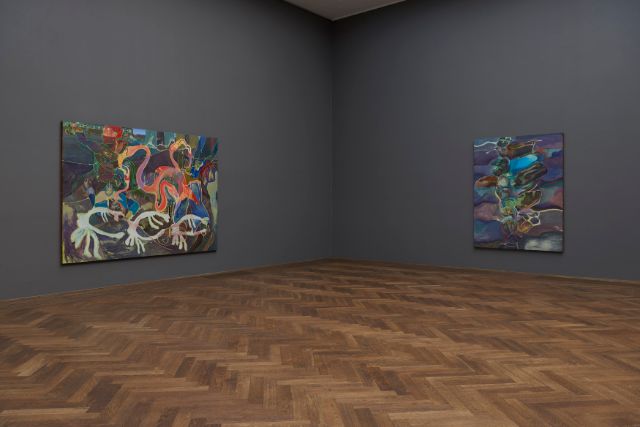
Does it not feel a little off and strange to have these paintings of a Nairobi landscape inside these very old, historic, air conditioned white walls?
It's always off and strange. For me the currency of all of this is the imagination. And like that you carry that into any space. It always fits and it never fits.
You are designing the flipside of the new 1 pound coin for the UK next year. Why would an artist want to imprint himself on the forces of capitalism?
[laughs] the interesting thing with currency (the object) is it has many different narratives. Whether it was for example in World War 2: bullet casings and coins were used by soldiers to hammer down and write notes to their loved ones on. Or whether it's a memento of a bygone time, that gives you some decipher as to what's happening in that time. Ultimately for me, the coin, the note itself, is a form of exchange. It's a way of recognising something or an agreement with somebody else. Yes there are many, many epic ideas and problems... that one may come across. But to me that's actually something that was both quite profound and very humble. It's about an exchange between two people.


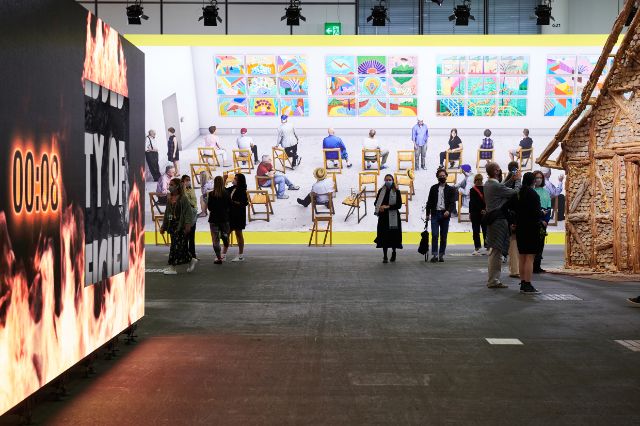
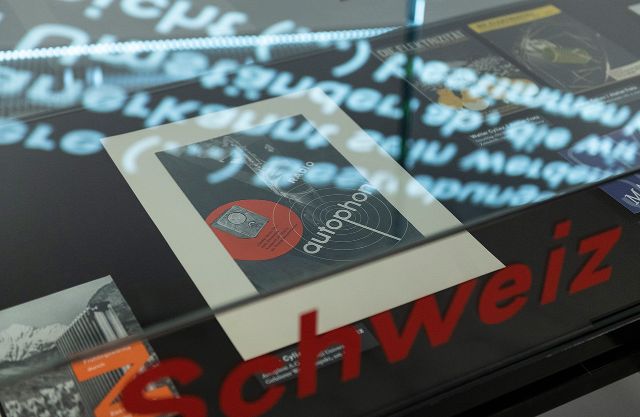
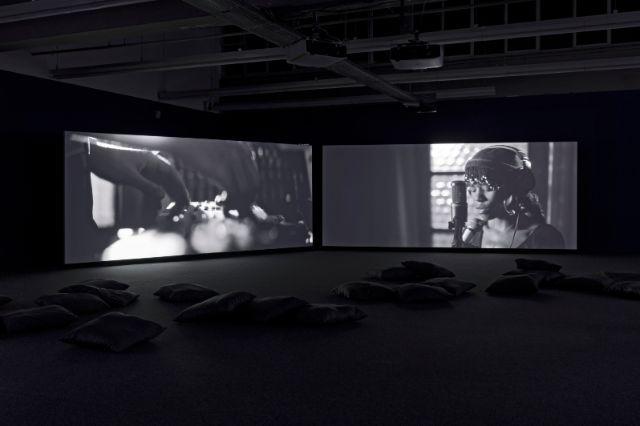
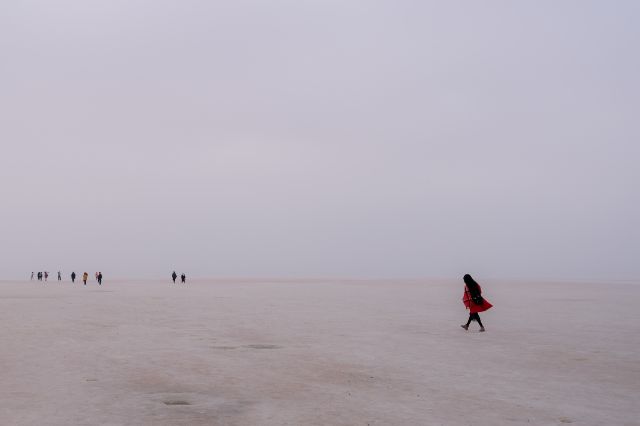
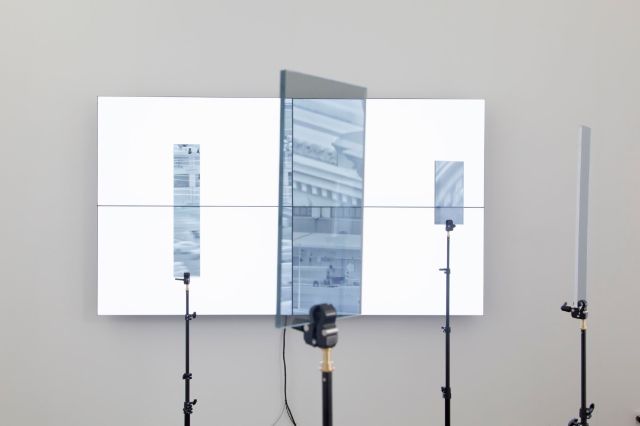
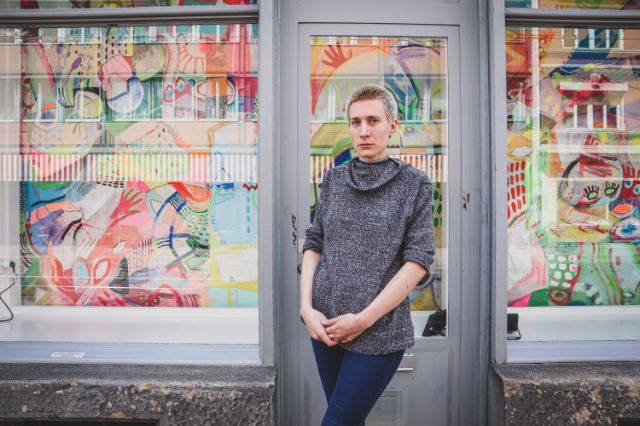

.png/jcr:content/magnolia-medium.png)
